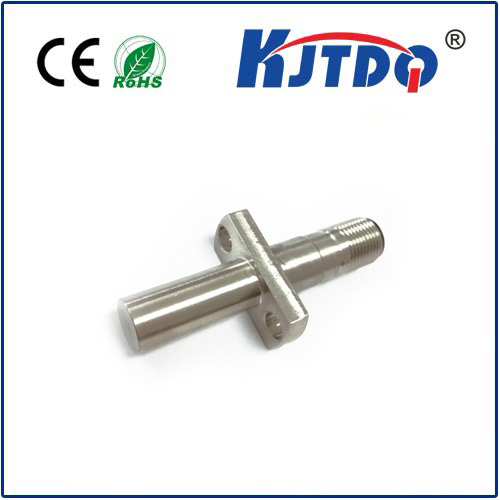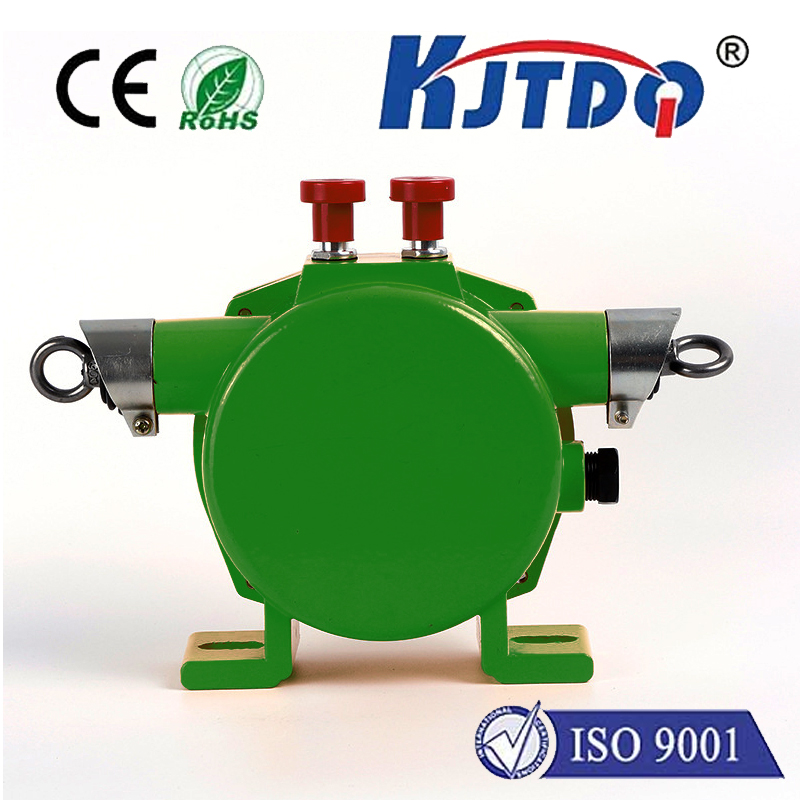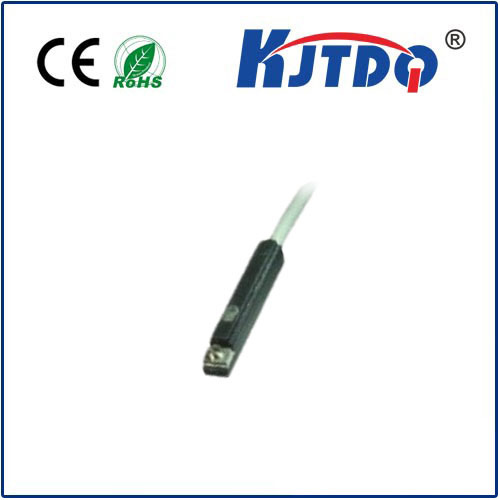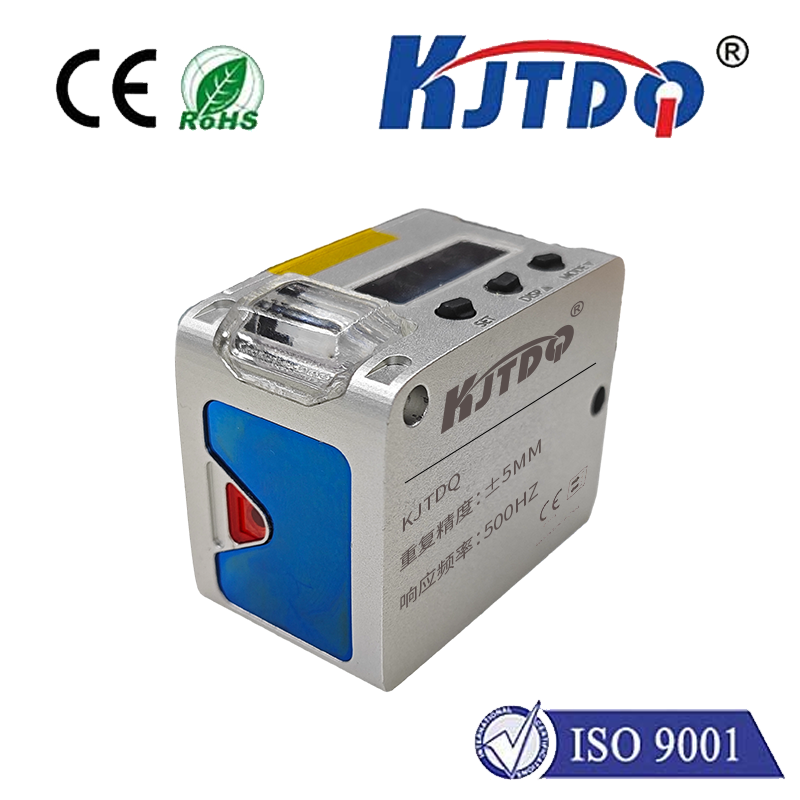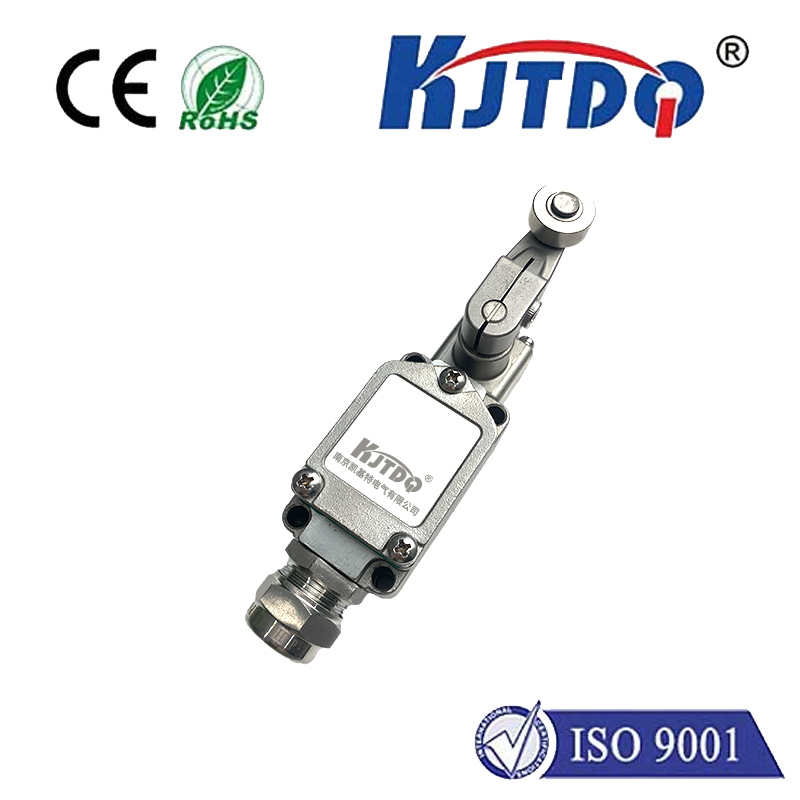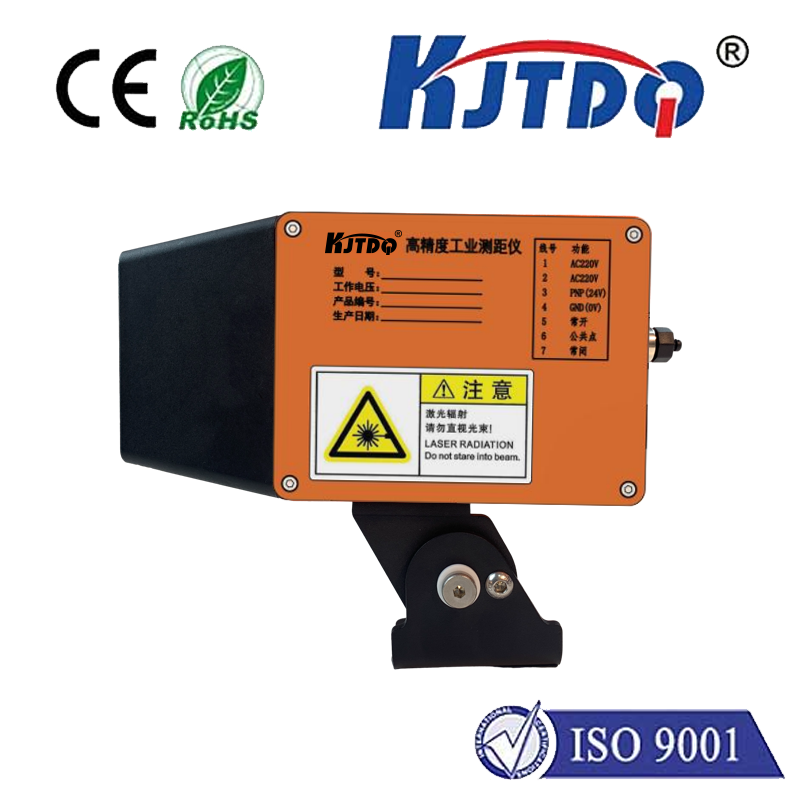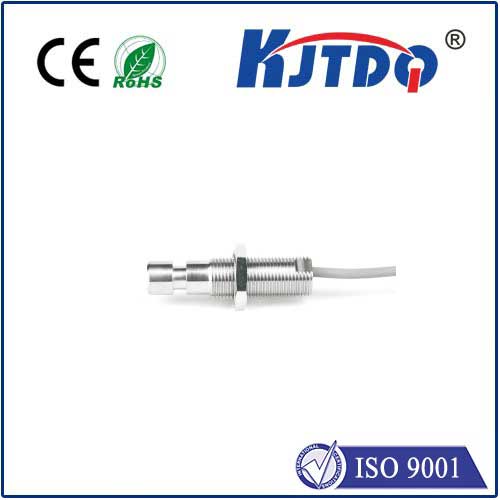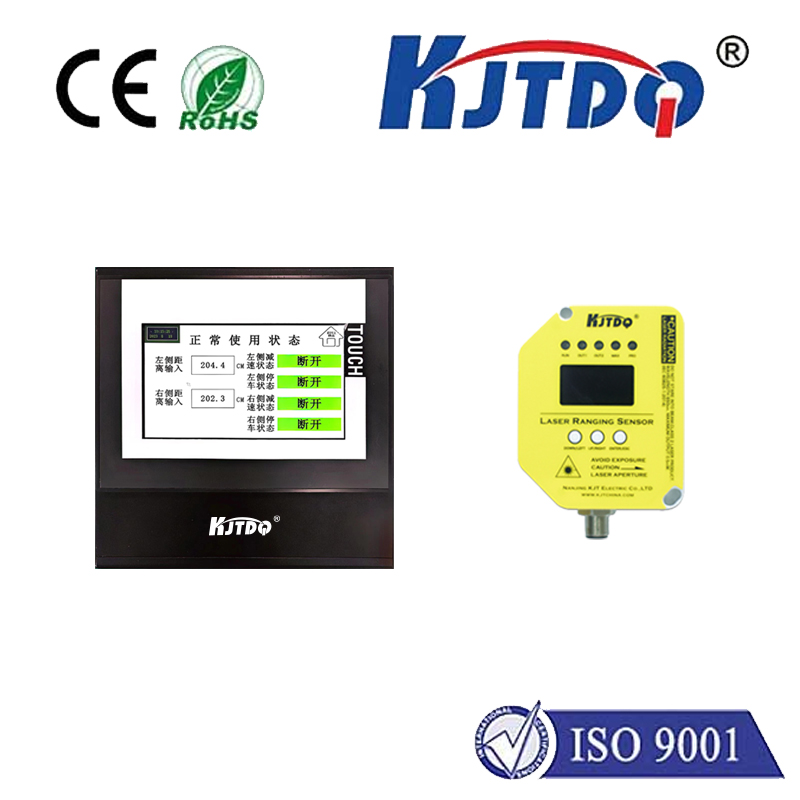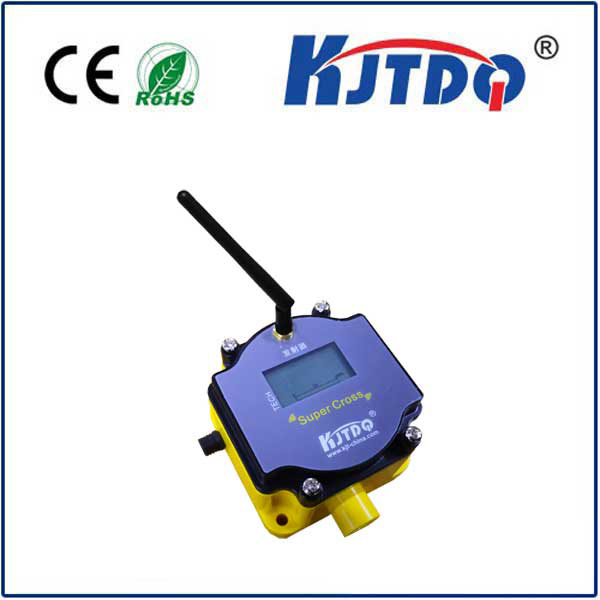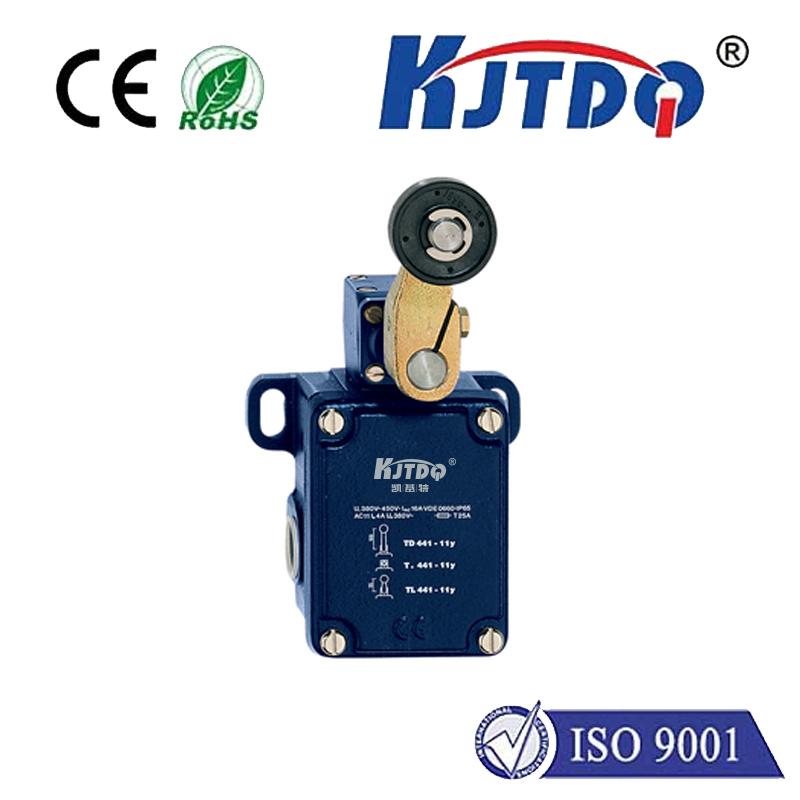

check

check

check

check

check

check

check

check

check

check
The Unimax Limit Switch: A Revolutionary Tool for Precision Control
In the world of industrial automation, precision control is a critical factor that determines the success of any operation. The ability to accurately monitor and regulate equipment movements is essential for maintaining efficiency and productivity. One tool that has emerged as a game-changer in this domain is the Unimax Limit Switch. This innovative device offers unparalleled accuracy and reliability, making it an indispensable component for modern manufacturing processes.
What is a Unimax Limit Switch?
A Unimax Limit Switch is a specialized electronic sensor designed to detect the presence or absence of an object within its sensing range. It operates on the principle of magnetic sensing, using a magnet and a Hall effect sensor to detect changes in magnetic fields. When an object comes into contact with the switch, it triggers an electrical signal that can be used to initiate or terminate a machine's operation. This simple yet effective mechanism makes the Unimax Limit Switch ideal for applications where precise control over machinery is required.
Key Features of the Unimax Limit Switch
The Unimax Limit Switch boasts several features that set it apart from other limit switches on the market. These include:

1. High sensitivity and accuracy: The Unimax Limit Switch is capable of detecting even the slightest variations in magnetic fields, providing exceptional precision in object detection. This makes it suitable for applications requiring exact positioning control, such as robotics, CNC machines, and assembly lines.
2. Durability and reliability: Made from high-quality materials, the Unimax Limit Switch is built to withstand harsh industrial environments. Its robust construction ensures long-lasting performance, reducing maintenance costs and downtime associated with equipment failure.
3. Versatile mounting options: The switch is available with various mounting accessories, allowing for easy integration into different types of machinery. Whether it's installed on a conveyor belt or attached to a robotic arm, the Unimax Limit Switch can be customized to fit specific application requirements.
4. Compact size and low power consumption: Despite its advanced capabilities, the Unimax Limit Switch is compact and lightweight, making it easy to incorporate into space-constrained systems. Additionally, its low power consumption makes it energy-efficient, contributing to reduced operating costs.
Applications of the Unimax Limit Switch
The Unimax Limit Switch finds widespread use across numerous industries due to its versatility and precision. Some common applications include:
1. Automated packaging machines: In packaging operations, the switch ensures accurate positioning of products during filling, sealing, and labeling processes. This helps maintain product quality and reduces waste caused by misaligned packages.
2. Conveyor systems: By monitoring the movement of objects along conveyor belts, the Unimax Limit Switch helps regulate flow rates and prevents collisions between items, thereby improving overall system efficiency.
3. Robotics: In robotic applications, the switch enables precise control over robotic arms, ensuring accurate manipulation and placement of components during assembly tasks.
4. CNC machines: Used in computer numerical control (CNC) machines, the switch aids in maintaining strict tolerances during machining processes, resulting in higher quality end products.
Conclusion
The Unimax Limit Switch represents a significant advancement in the field of industrial automation, offering unparalleled accuracy and reliability for controlling machinery movements. With its high sensitivity, durability, versatile mounting options, and energy efficiency, this switch is poised to become an essential component in modern manufacturing processes. As industries continue to embrace automation and smart technologies, the Unimax Limit Switch promises to play a crucial role in enhancing productivity, reducing errors, and driving innovation across various sectors.
